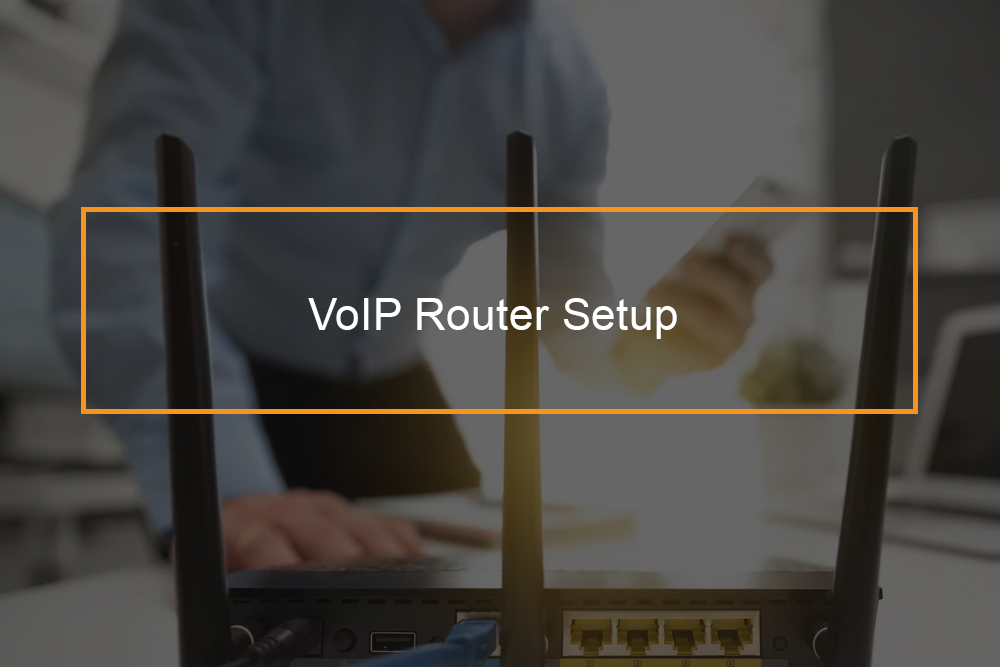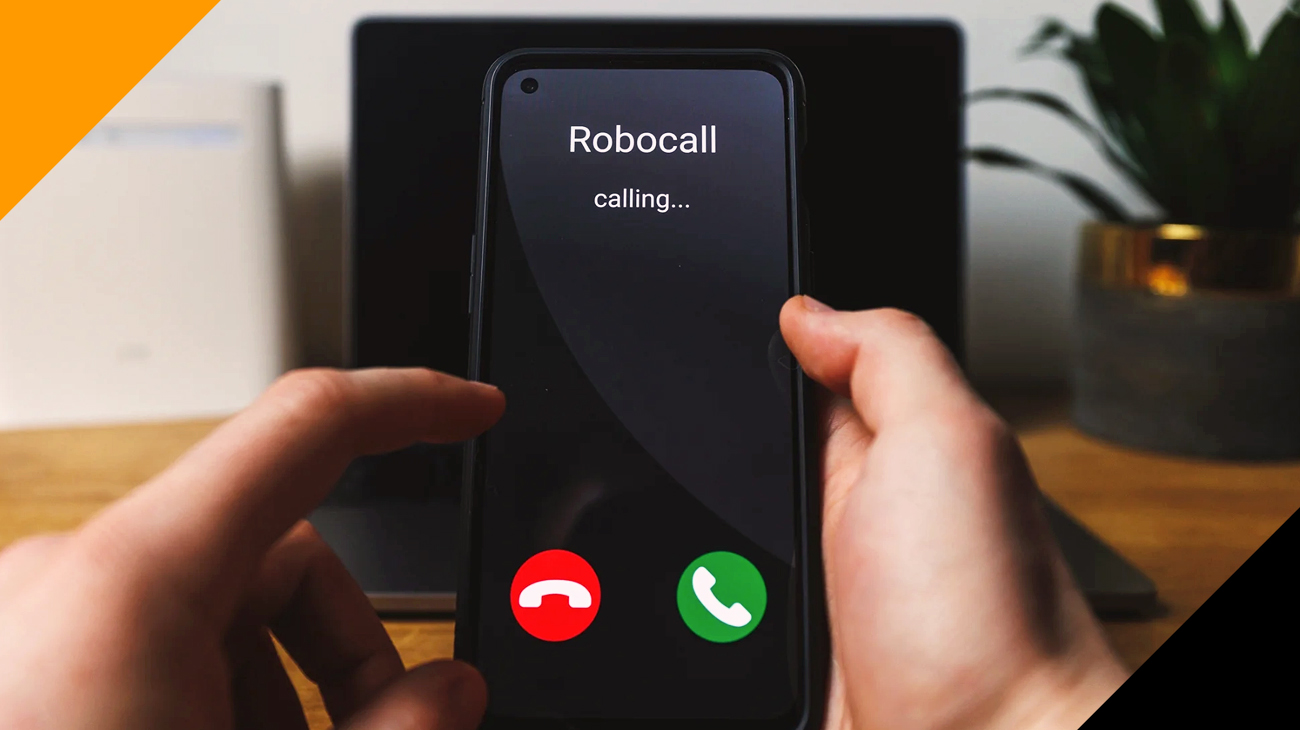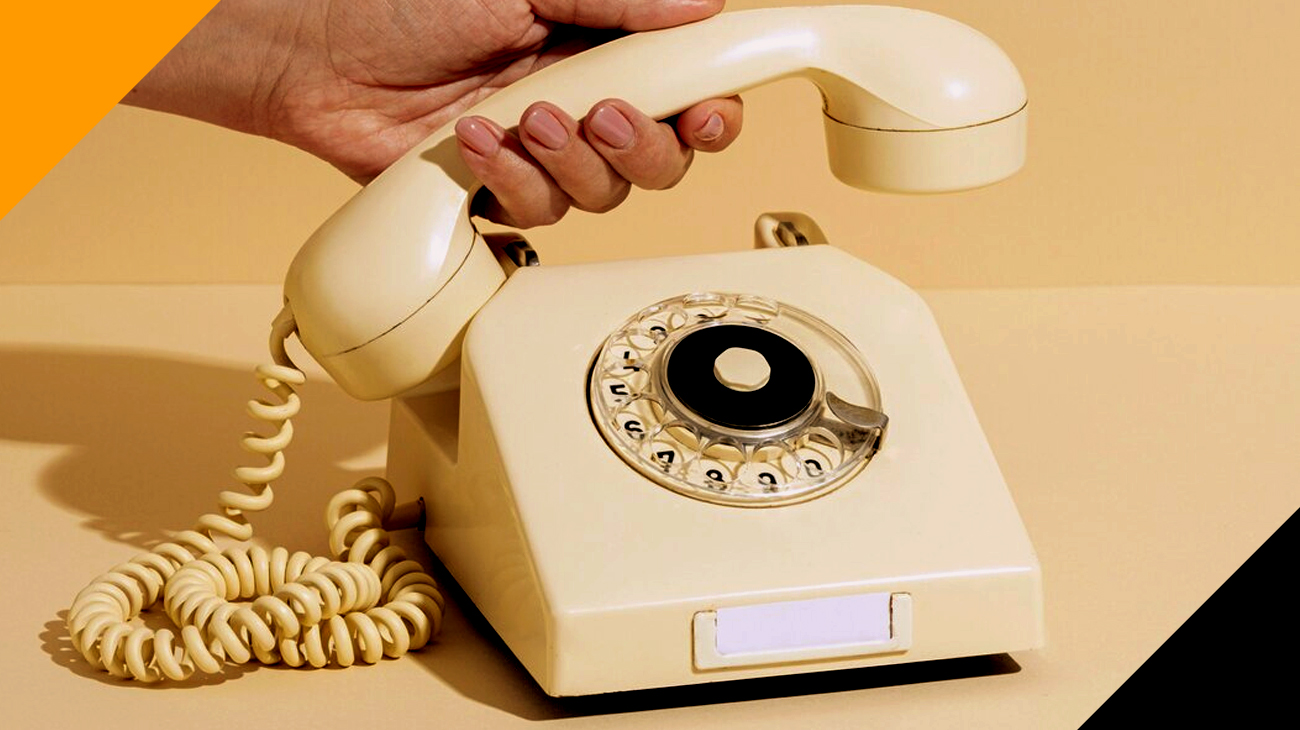
VoIP installation Guide
To set up your VoIP phone plug the phone into your Ethernet system. Proceed to set the settings on your phone, and you are good to go: your VoIP phone will work. Sometimes, it does not. So in case you have some VoIP problems and need them corrected, then VoIP mechanic can help guide to the solution. With call clarity advances and new technology of VoIP business phone systems in the last several years, it is an excellent time to upgrade from traditional providers to a VoIP phone. In most situations, you can get similar or even advanced features as a conventional phone system for much less cost. To make it easier for your company to switch, follow this guide.
How do I connect to VoIP?
VoIP setup instructions
There are several different types of VoIP installations and the environment.
Using the many advanced features that should be provided can solve most of the small business’s problems. With voice mails, call forwarding, advanced call forwarding functionalities such as unlimited call plans, call forward on busy and virtual numbers, a small business can create a large business image.
VoIP setup with a cable connection
Cable modem connections are some of the easiest configurations for your new Voice over Internet Protocol. Follow the following steps:
- Power down the devices, plus the cable modem
- Connect an ethernet cable directly to the internet port of the router or IAD combo unit from the cable modem. You can also connect directly to the LAN port of the IAD, in case you are not using the router.
- In case you are deploying a separate IAD and a router, then you will need to connect an ethernet cable from the IAN port of the IAD to a labeled port on the router.
- Link your computer into a numbered port on the router
- In this step, do a complete power cycle, beginning with the cable modem, allow it to have enough time to resync.
- Connect the telephone an RJ-11 connector into your phone one or line 1 port of the IAD.
- Lastly, having given the IAD enough time to sync up, lift the receiver, and look for dial tone.
In case after connecting a router or a router or IAD you find that you cannot surf nor get a dial tone, after connecting two or more complete power cycles, the problem might be that the cable modem is not enabling a new IP address to be handed to the new device. This specifically is an issue with Ambit modems, which usually have no name on them, but can be recognized by their light pattern. This can also present itself if your specific ISP needs you to register the MAC address of any computer or other device connected to the modem. In case either of these cases occur then a good work that should get you up and going would be:
- There may be situations when installing an IAD behind a particular router you experience one-way audio. The incoming voice would not be heard because the downstream return RTP stream is not making it the way back to the IAD. Ensure that the IAD only has one NAT translation which should be the situation with most cable modems (you would need to change the modem to act as a link and place PPoE on the router in the case of the DSL modem. Follow the following steps:
Step 1: Connect the IAD directly to the cable modem and look for two-way audio. Remember to complete a full power cycle.
Step 2: Upon getting good two-way audio directly connected to the modem, then try to place the IAD in a DMZ of the router.
Step 3: In case the router has a firewall built-in, then try disabling it and check for two way audio.
Routers that use firewalls and SPI, or use various kinds of NAT can make it challenging for the return voice to make it back to the IAD. Put the IAD outside the router (DMZ or perimeter zone) or putting the IAD or router first in line, linked directly to the modem and you should be able to resolve most of these problems.
VoIP setup with a DSL connection
DSL connections can be hard since most DSL modems are also routers and supply DHCP. Some DSL have firewalls and will do SPI state-full packet examination. This can result in double NAT issues, one-way audio connectivity issues. When setting up for the first time, you might want to follow these steps:
- Power up the IAD with an ethernet cable connecting the IAD directly to the DSL modem, and a phone connected to the first port,
- . Look for dial tone, after waiting for a minute or two. In case you have dial tone then check for two-way audio. In case you have two-way audio proceed to:
- Link the router to the DSL modem, using the router as a switch (disabling DHCP).
- In case you do not get a dial tone or have one-way audio, then you will require to make the DSL modem a bridge and set the router to connect using PPPoE. This will need the correct username (in the correct format) and password for your DSL account.
You can use the following instructions for most of Westell modems and even though it shows a specific ISP’s name, it is for display purposes only. It will be essential to have your DSL account’s username and password.
Step 1: Connect the Westell DSL modem directly to the computer through the ethernet cable (RJ-45), making sure that you have a connection to the internet before starting. Then open internet explorer or another browser to access the Westell Interface and enter launcmodem or 192.168.1.254 in the address area.
Step 2: Click on expert mode from the menu and confirm that you want to enter the mode
Step 3: Click on configure from the menu on the justify and then connect in the sub-menu
Step 4: Select the bridged ethernet from the protocol selection drop-down box. Click on the save and restart the connection at the bottom. This will automatically restart the modem, and the interface will return after the changes are saved. Now the Westell DSL modem will be in the bridge mode.
Note: Some functions such as DHCP, NAT, IP passthrough, and the username and password areas will become disabled and can be chosen. After the modem has restarted, power down both the computer and the modem then physically disconnect the DSL Westell modem.
After setting up the DSL modem to abridge the next thing to do is configure the router or IAD to the PPPoE as it is connection type.
In case after configuring the DSL modem into the bridge mode you still have a loss of incoming audio, then the specific router that you are using may not be sending the return RTP back correctly. You can also try placing the IAD into a DMZ of the router.
Setting up a VoIP in a networked business environment
Configuration in more sophisticated networks may need special configurations, depending on the real network. One of the essential correctable issues would be to check for double NAT. Several ideas to solve this problem include:
- Connect the IAD directly to the first appliance and look for two-way audio. In case you get, one-way audio or no dial tone, then the problem will most probably be firewall or SIP unfriendly NAT that is not enabling the required packets to cross.
- Try Ip tunneling or port forwarding; send the needed packets directly to the IAD. These will usually be UDP ports 2060, 5061 and a range of higher UDP ports. You will need to get the real ports from the provider.
- Put the IAD in a DMZ or perimeter zone, or place the IAD outside any firewall and NAT, letting it receive a public IP address.
- Configure QoS(Quality of Service) for high priority for voice traffic.









